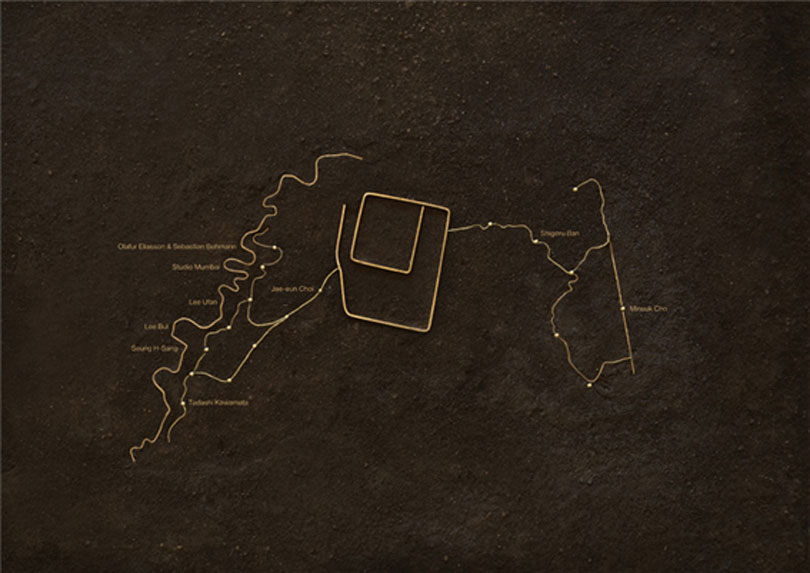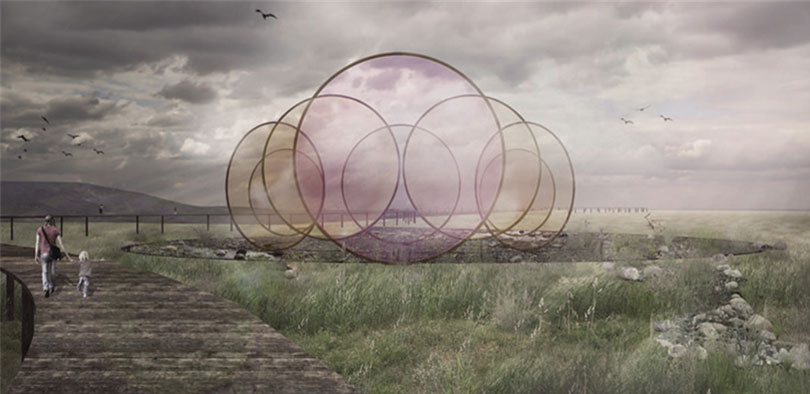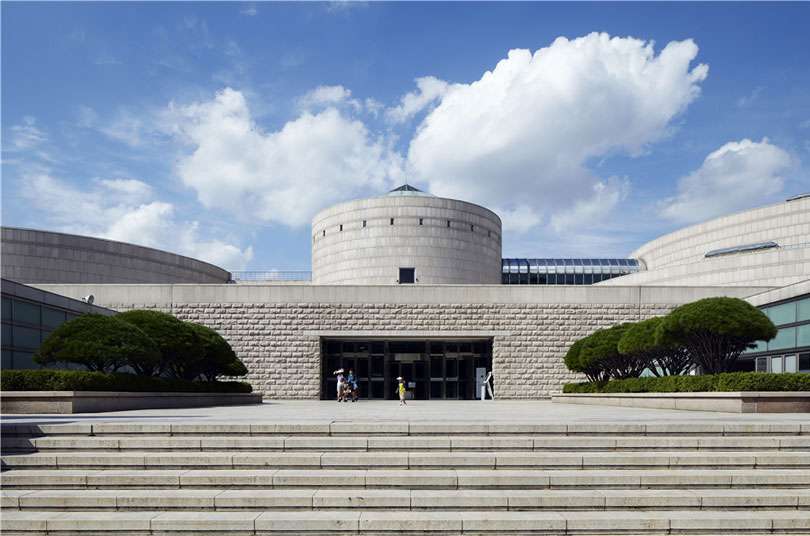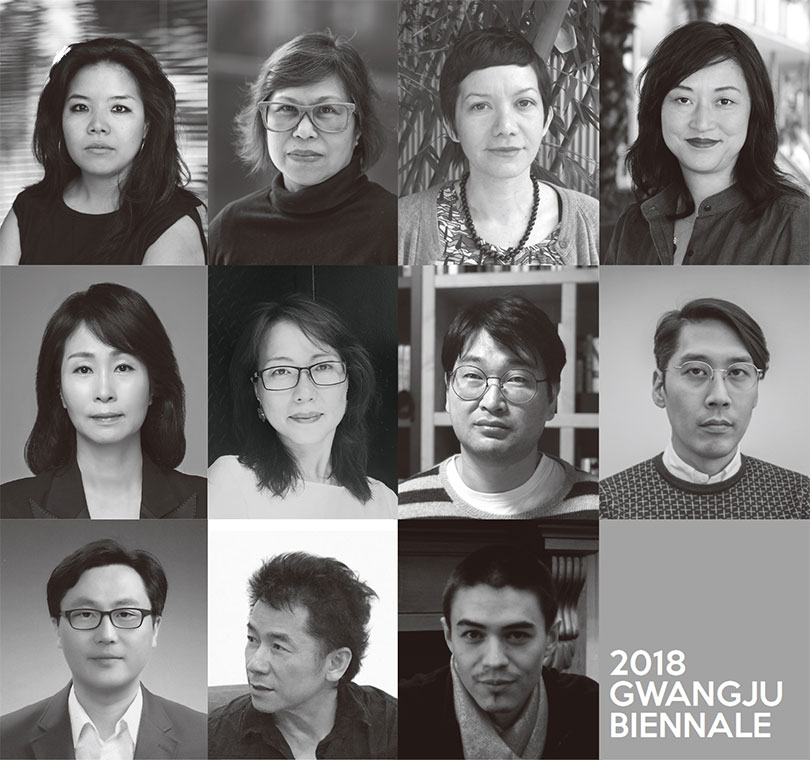
Concept model of Choi Jae-eun's "Dreaming of Earth" project in DMZ / Courtesy of the artist and Kukje Gallery
The Demilitarized Zone (DMZ) in Cheorwon, Gangwon Province, sitting on the border between South and North Korea, is one of the most dangerous areas in the world with numerous landmines and tangible tension, but is also an accidental heaven for flora and fauna since the area has been closed to the public since 1953.
The symbolism of the DMZ has inspired many artists and Korean artist Choi Jae-eun is no exception. She took part in the Real DMZ Project 2014, installing the neon and sound installation "No Borders Exist in Nature" at Woljeong-ri Station.
"During the opening of the Real DMZ Project, I immediately imagined hanging gardens connecting South and North," Choi recalled the beginning of her "Dreaming of Earth" project.
Architect Shigeru Ban joined and gave more shape to the project. Choi and Ban came up with the concept of a park crossing the DMZ and "jeongja," or pavilions, scattered throughout the promenade.
"The two conditions were that it should be a hanging structure above the ground and the structure should be as close to nature as possible. It's a park and people will want to rest, so we disposed pavilions and towers through the trail," Choi said.
The project received an invitation to the Venice Architecture Biennale 2016 after Choi announced the project in late 2015. "I presented the draft of Dreaming of Earth in Venice. It's a project that transcends borders and I feel a sense of duty to let more people know about this."
The concept model of "Dreaming of Earth" only has the outline of the Gung Ye castle and the trail, not the border dividing the DMZ.
Choi took an interest in the ruins of Gung Ye's castle in the DMZ, which is now off-limits to the public. Gung Ye was the king of the short-lived Taebong Kingdom (901-918), which later became the Goryeo Kingdom (918-1392).
The Gung Ye castle will be the centerpiece of the project and Choi plans to afforest the ruins. "Gung Ye dreamed of an ideal community and the castle of Gung Ye holds the spirit of a democratic utopia. Now the castle ruins are in the DMZ and the division of North and South Korea left the area uninhabited and untouched for decades. The DMZ is now governed by the laws of nature and I think this is a true paradise," Choi explained.
The star-studded list of participating artists include Olafur Eliasson, Lee Bul, Lee U-fan, Tadashi Kawamata, and Seung H-Sang as well as the architect collective Studio Mumbai. Architect Cho Min-suk and brain scientist Jeong Jae-seung also joined hands with Choi.

A rendition of Olafur Eliasson and Sebastian Behman's "Condensation Pavilion (working title)" as part of the "Dreaming of Earth" project / Courtesy of the Studio Other Spaces
Hanging gardens designed by Ban will be installed three meters to six meters above the ground and the total length runs about 20 kilometers. The participating artists submitted cottage designs using existing materials such as soil, rock, trees, wind and light.
As the project developed, it became interdisciplinary. At first, it was a collection of public artworks, but now it encompasses a seed bank and a knowledge bank as well as a comprehensive plan to remove landmines in the area.
Architect Cho designed the Seed Bank and the Knowledge Bank at the 2nd Tunnel, a 3.5-kilometer-long tunnel made by North Koreans to invade the South which was discovered in 1975, and Jeong designed a manual for what to store in the Knowledge Bank.
However, actualization of the project is still uncertain. Considering the recent chilled relations with Pyongyang, it is impossible to develop the area right now. Choi submitted the proposal to the Ministry of Unification in 2015, but hasn't received approval yet.
"It's a dreamlike project, preparing for the unification that will come someday. Artists from the world participated in the project to dream together. None of them thought we could construct anything in the DMZ right away," Choi said. "I am not in a hurry and have five spots vacant for pavilions and two for towers so North Korean artists can take part in this project some day."

Kwon Mee-yoo / The Korea Times
http://www.koreatimes.co.kr/www/art/2017/11/691_238786.html



